Let’s face it, hunting isn’t just about heading out with a weapon and hoping for the best. The gear you choose can make or break your experience. It’s like trying to fish with a baseball bat, wrong tools, wrong results. Hunting gear isn't one-size-fits-all. Different animals, environments, and techniques demand different tools. So, let’s break it all down.
Why Gear Matters in Hunting
Imagine tracking a deer in the mountains without the right boots or heading into the swamp in jeans. Hunting gear isn’t about looking the part — it’s about staying safe, effective, and comfortable out there.
Adapting Gear for Game Type and Environment
Gear varies drastically based on what and where you're hunting. Elk hunting in the snowy Rockies? Different setup than rabbit hunting in the woods. Each environment and target species brings its own challenges and gear demands.
Essential Gear for All Hunters
No matter your target or terrain, some things are just universal.
Clothing and Camouflage
Layered, moisture-wicking clothes are your best friend. Camo patterns should match your surroundings — woodland, marsh, desert, or snow. Blending in isn't just cool; it’s crucial.
Boots and Footwear
Wet feet ruin hunts. Invest in waterproof, insulated boots if you're in cold or wet areas. For dry, rocky terrain, lightweight hiking boots do the job.
Hunting Packs and Backpacks
You’ll need to carry water, snacks, ammo, knives, tags, and maybe even game meat. Choose a pack with proper compartments and support.
Big Game vs. Small Game Hunting Gear
These two types are worlds apart in gear needs.
Firearms and Ammunition Differences
Big game like elk or moose needs high-calibre rifles. Small game? Think .22LR rifles or shotguns with birdshot.
Optics and Scopes
Big game hunts usually involve long-range shots with scopes that have magnification. For small game, basic iron sights often suffice.
Tracking Tools and Field Dressing Kits
You’ll need better knives and game bags for larger animals. For rabbits or squirrels? A simple blade will do.
Bowhunting vs. Rifle Hunting Gear
Your choice of weapon changes everything.
Bows, Arrows, and Accessories
Bowhunting means compound or recurve bows, matched arrows, quivers, and release aids. Don’t forget scent blockers and silent gear.
Firearms, Calibres, and Safety Gear
With firearms, think scopes, slings, ear protection, and appropriate calibres. Big game often needs .30-06 or similar rounds.
When to Choose One Over the Other
Bows offer a challenge and stealth. Rifles offer range and power. Your choice depends on skill level, state laws, and personal preference.
Upland Bird vs. Waterfowl Hunting Gear
Feathers fly differently in each case.
Shotguns and Choke Tubes
Upland birds call for lighter shotguns; waterfowl demand 12-gauge with full chokes and steel shot (lead is illegal in many wetlands).
Decoys and Calls
Ducks and geese respond to decoys and calls. Pheasants? Not so much. Tailor your tools to the prey.
Clothing for Wet vs. Dry Conditions
Waterfowl hunting means waders and waterproof everything. Upland? Lightweight, brush-resistant gear works better.
Hunting in Different Terrains
Different terrain, different rules of engagement.
Mountain Hunting Gear
Think rugged boots, trekking poles, and high-altitude apparel. You'll also need lightweight gear since elevation gain is brutal.
Forest and Woodland Essentials
A good compass, tree stand, and scent control matter here. Forest hunting is about patience and stealth.
Desert and Plains Adaptations
Breathable fabrics, hydration packs, and sun protection top the list. Also, dust-proof scopes and optics are key.
Seasonal Gear Requirements
The season affects everything, even your layering.
Summer vs. Winter Hunting Gear
Summer hunts call for light, breathable clothes. Winter? It’s all about insulation, layering, and heated gear if you're fancy.
Layering Techniques and Insulation
A base layer wicks sweat, a mid-layer retains heat, and the outer layer protects from wind and rain. Don’t skip any of them.
Weatherproof and Waterproof Materials
GORE-TEX, Thinsulate, and similar materials keep you dry and warm. Cotton? That stuff’s a death trap in cold weather.
Hunting with Dogs – Additional Gear Needs
Bringing a four-legged buddy? Gear up accordingly.
Dog Vests and Trackers
Protect your pup with blaze orange vests and GPS collars. Keeps them visible and safe.
First Aid and Hydration Gear for Dogs
Carry collapsible bowls, water, and basic first aid. Accidents happen, and dogs need care, too.
Technology in Modern Hunting Gear
Hunting’s gone high-tech in a good way.
GPS, Rangefinders, and Apps
Paper maps are fine, but GPS units and hunting apps offer real-time tracking and land access boundaries.
Trail Cameras and Night Vision
Trail cams help pattern game movements. Night vision gear is a game-changer, when legal.
Safety Gear for Every Hunter
Your life matters more than your kill count.
Blaze Orange Requirements
In many states, wearing blaze orange is non-negotiable for safety. It saves lives.
First Aid Kits and Emergency Tools
Always pack a kit. Add a whistle, flashlight, and multitool for emergencies.
Legal and Ethical Considerations
Don’t risk fines — or your conscience.
Local Laws and Gear Restrictions
Regulations vary wildly. Some areas ban certain calibres, others require non-lead ammo. Always check.
Gear for Ethical Hunting Practices
Use appropriate calibres, sharp broadheads, and practice before the hunt. Wounding an animal is the worst-case scenario.
Budget-Friendly vs. Premium Gear
You don’t have to go broke to hunt.
When to Splurge
Splurge on boots, optics, and safety gear. They’re worth every penny.
Saving Smart Without Sacrificing Safety
Buy second-hand or during off-season sales. Just don’t skimp on anything that keeps you safe or ethical.
Gear Maintenance and Storage
Good gear lasts — if you take care of it.
Cleaning and Repairing Equipment
Rifles need regular cleaning. So do knives, bows, and optics. Don’t let rust win.
Off-Season Storage Tips
Store gear in cool, dry places. Use scent-free containers and keep everything organised for quick packing next season.
Tips for New Hunters: Choosing the Right Gear
Feeling overwhelmed? You’re not alone.
Starting Simple
You don’t need everything on day one. Start with the basics, then expand as you gain experience.
Learning From Experience and Mentors
Hunt with seasoned pros. You’ll learn what works, what’s fluff, and what really matters out there.
Conclusion
Understanding hunting gear requirements isn’t just about filling your backpack — it’s about respecting the hunt, staying safe, and increasing your odds of success. From the boots on your feet to the optics on your scope, every piece plays a role. Match your gear to your game, terrain, and season, and you’re already halfway to a great hunt.
FAQs
Q1: What gear do I absolutely need to start hunting?
A: Start with a reliable weapon, appropriate clothing, sturdy boots, a backpack, a knife, a license, and safety gear.
Q2: How do I know what’s legal to use where I hunt?
A: Check your state’s wildlife agency website. Regulations can change yearly and differ by region.
Q3: Is camo really necessary?
A: While not always required, camo helps you blend in, especially for games with keen eyesight.
Q4: What’s the most important piece of gear for safety?
A: Blaze orange clothing — it makes you visible to other hunters and is legally required in many areas.
Q5: Should I invest in high-tech gear as a beginner?
A: Not right away. Focus on the basics. Tech gear is helpful but not essential when you’re starting out.




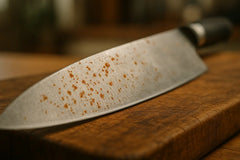
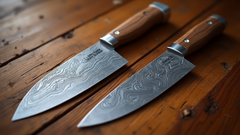

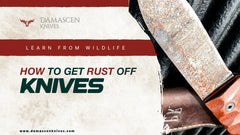

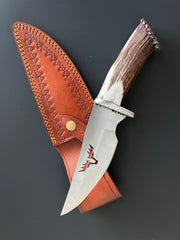
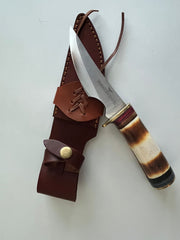

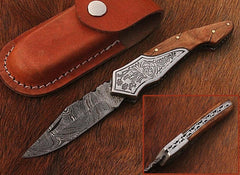
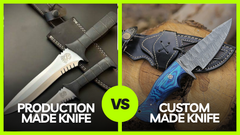


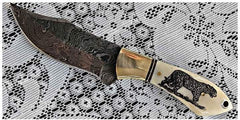
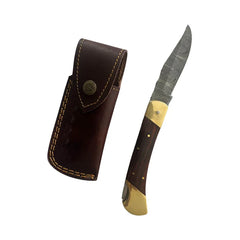

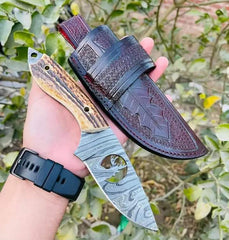


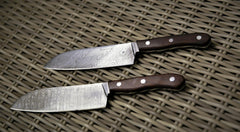
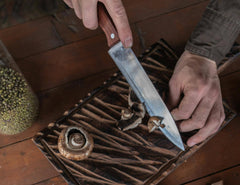

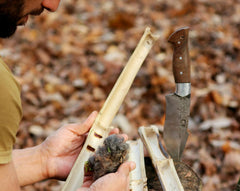
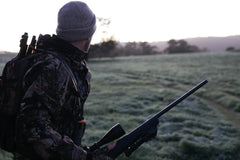
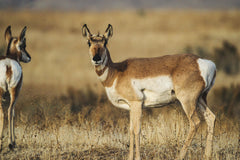
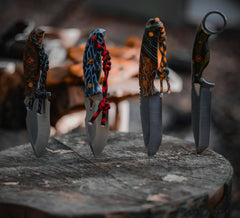

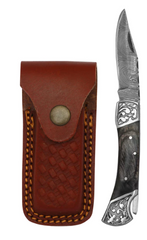
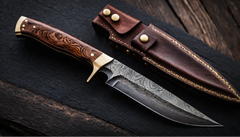
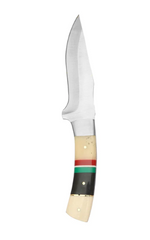
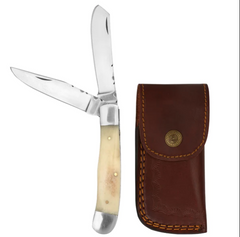
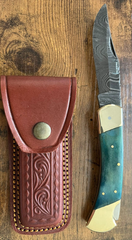
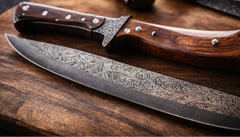

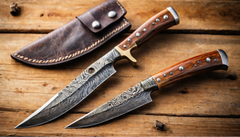
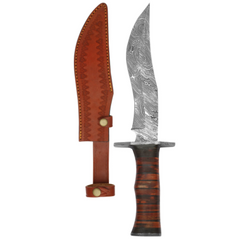
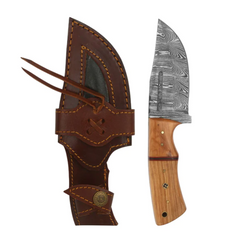
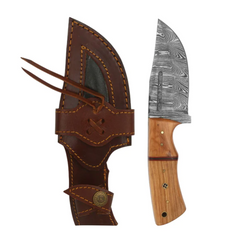
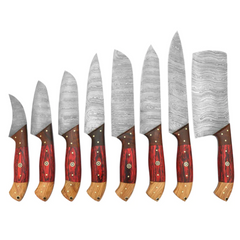
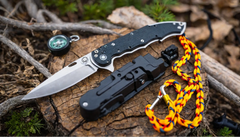

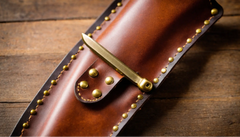
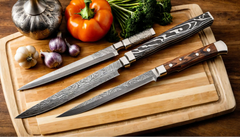
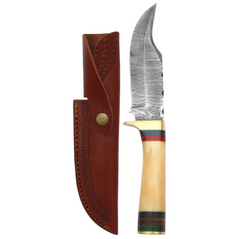

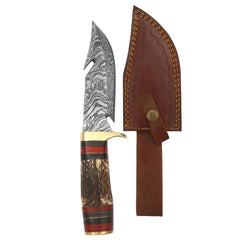

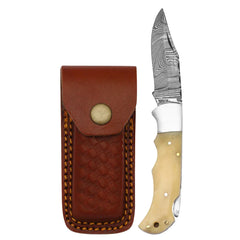

Comments